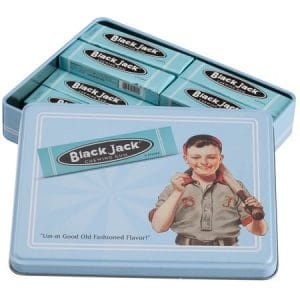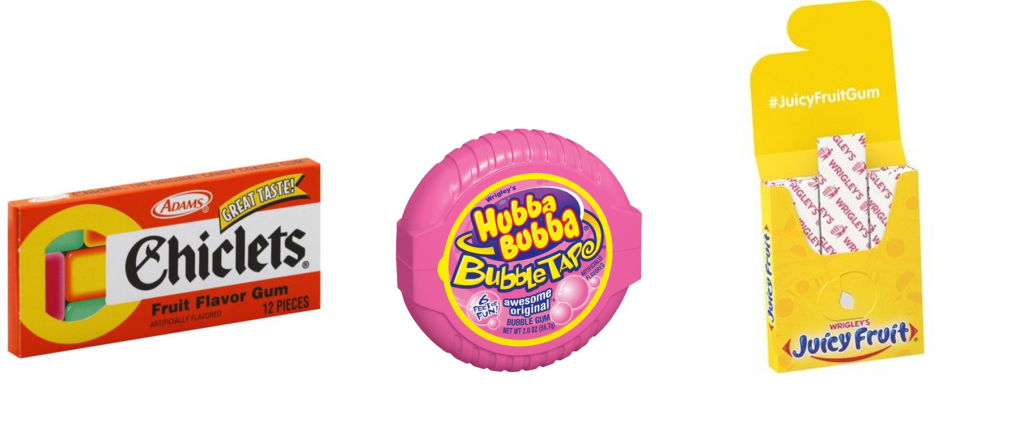Even a quick trip to your local convenience store can elicit ideas for product innovation. In B2B markets we tend to think about the product and focus on product attributes for product improvement. However, continuing to explore the “problem to be solved” and how customers engage with the product are other potential ways to create uniqueness. In this case, gum can be quite revealing in ways that customers can be understood and engaged.
Product improvement and innovation in the gum aisle
Gum as a product has been around for thousands of years and has been promoted for benefits from improved concentration to oral health. In 1871, Thomas Adams made first flavored gum in the world called “Black Jack” that had the taste of licorice. Modern gum is a couple hundred years old and innovation has advanced across multiple vectors.
The more traditional vectors of innovation are seen in product improvements like:
- Maintains elasticity
- Maintains flavor
- Tastes better (Better than licorice?!)

Another innovation vector involves the form of the gum. This vector can generate other products/offers and for those with a production mindset you can imagine the impacts form has on the cost of packaging. (this is still aligned with features)

Another vector that starts to align positioning focusses on the “job to be done.” This still has an impact form but is starting to trend more toward benefits.
For example:
- White teeth – Trident “whitens teeth in as little as 4 weeks”
- Tooth decay or oral hygiene – Orbit “a stick a day keeps the dentist away”
- Others: Fresh Breath “bursting with flavor”, Weight Loss “reduces cravings”, “stops smoking”, “relieves stress”
Finally, there are innovations that involve how the customer is engaged with the product and in the case of gum has a focus on the packaging. Now we are engaged with the customer and the focus has moved from the product to how the customer uses it.

Big League Chew
Focus is on the image that the customer desires. The idea that the customer (kid) wants to look like a professional baseball player has all its own issues as big leaguers don’t “chew” anymore, but this is a brand ahead of its time. It tapped into a customer desire to emulate an idol. Success here requires an understanding of the target customer’s desires.
Eclipse sharable
Focus is on how gum creates connections to others. The idea that the gum creates a connection is reinforced by their advertising as well as packaging of the product. The brand is focused less and less on the product and more on how the customer is using it / engaged with it. Success here requires an understanding of how the customer uses the product.
Trident
Focus is more on the social aspect of the package… Again, less about the product and more about how the product/ package creates a link to others in a more “viral marketing” way. Success here requires an idea of how to leverage the product/ package in a social way.
So, what can we learn from the gum aisle? There are multiple vectors we can explore for innovation and they are not exclusive.
We can innovate to improve core product features, reduce product cost, improve manufacturing processes or logistics, support customer needs/problems to be solved and even engage with customers in ways that they use our products. Each require a different process for customer understanding and different metrics to assess performance.
All these vectors are important as shown by this 200-year old product’s categories that continue to explore product use and customer behavior in order to improve their offers.
